Comprehensive Guide to Vegetable Gardening in 2025
In 2025, more people than ever are turning to vegetable gardening as a way to enjoy fresh, homegrown produce while saving money. According to recent studies, home gardening increased by over 30% in the past few years, especially as people seek healthier lifestyles and sustainable practices. However, starting a vegetable garden can be challenging, with common issues like poor soil quality, pests, and improper planting techniques.
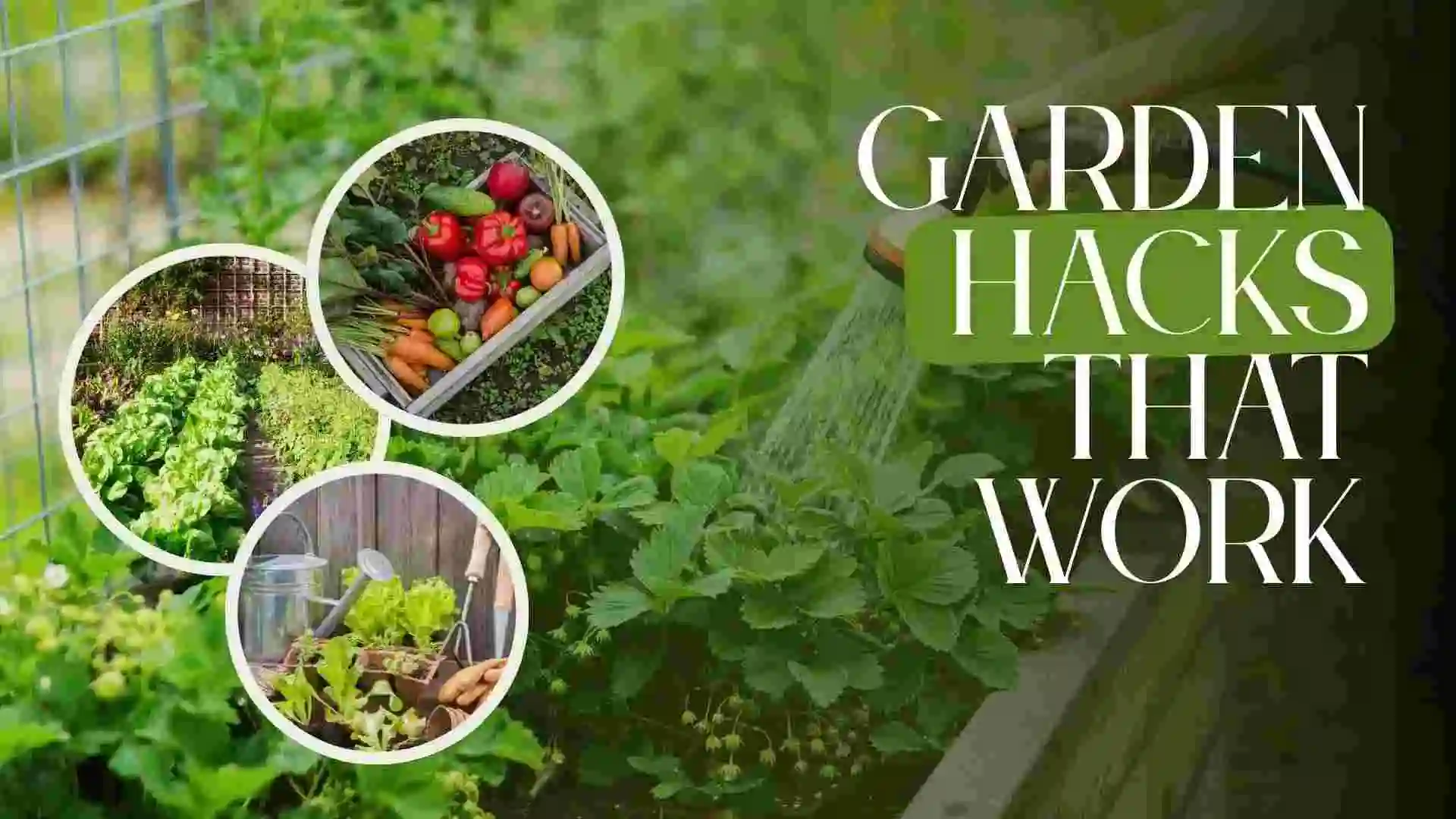
To help you grow a successful vegetable garden, it’s essential to understand the basic steps and common pitfalls. Start by choosing the right location, ensuring your soil is healthy, and selecting the best vegetables for your climate. By following simple, proven methods for planting, watering, and harvesting, you can avoid frustration and maximize your harvest. Whether you’re a beginner or an experienced gardener, the right approach can lead to a bountiful garden that meets your needs all year long.
If you want to learn how to grow fruits and explore their benefits then please visit Fruit Gardening.
Getting Started with Vegetable Gardening – Tips for Beginners
Starting a vegetable garden in 2025 is a great way to enjoy fresh produce while learning new skills. The first step is to pick a sunny spot in your yard that gets plenty of light. Beginners should focus on easy-to-grow vegetables, such as tomatoes, carrots, or spinach, which grow well in most climates. Using good soil and adding compost can help your plants thrive from the start.
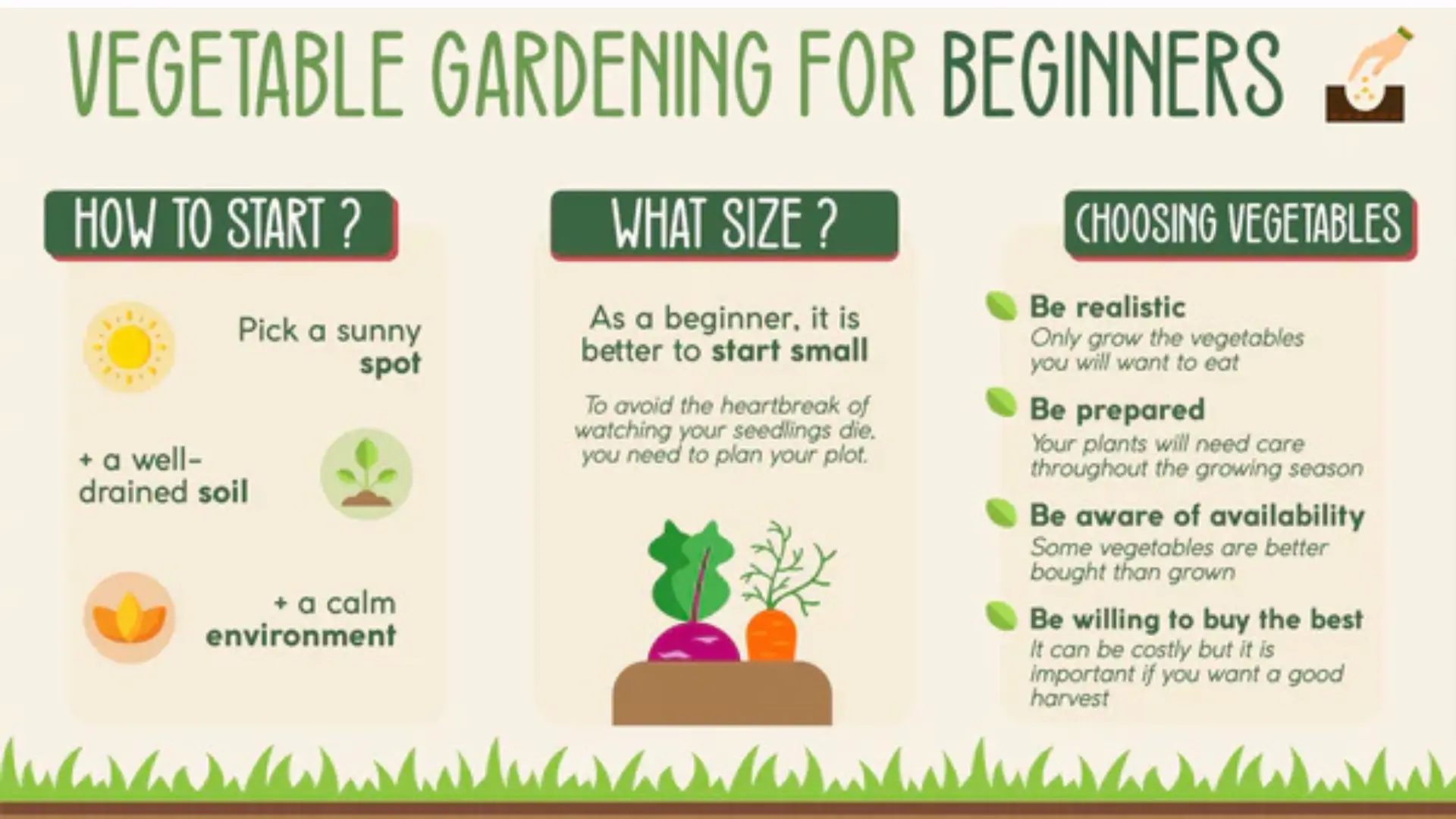
It’s important to water your garden regularly, especially during hot weather. Don’t forget to check the soil to make sure it’s not too dry or too wet. As a beginner, it’s best to start small and expand as you gain confidence. With a little care and patience, you’ll soon be enjoying homegrown vegetables all year long.
Why Start Your Own Vegetable Garden?
Starting a vegetable garden in 2025 is a great way to enjoy fresh, healthy food right from your backyard. It can save you money, especially on expensive veggies, and you’ll know exactly how your food is grown. Gardening is also a fun way to relax and connect with nature, while getting a little exercise.
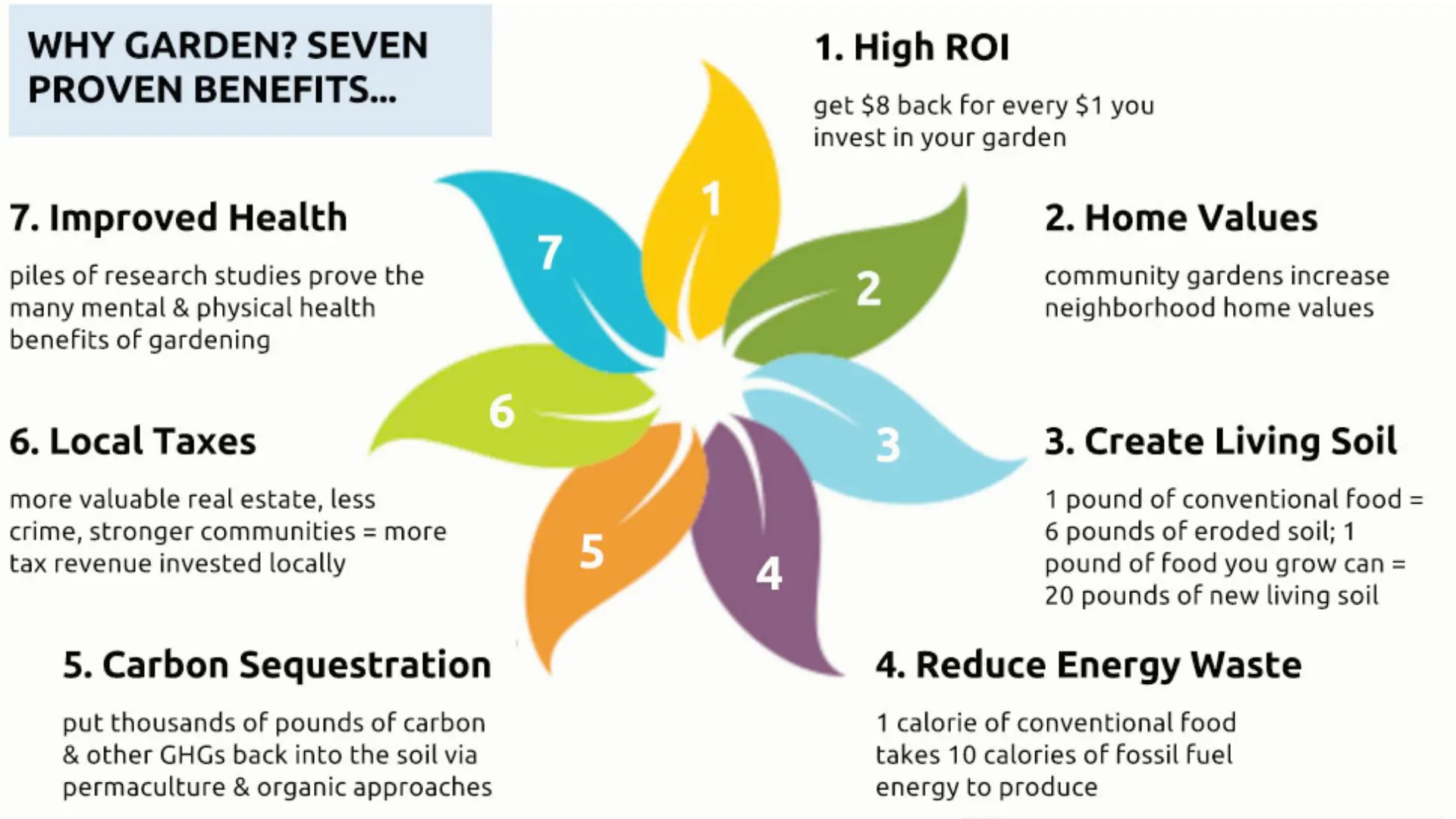
Growing your own vegetables is good for the environment too. It cuts down on waste and the carbon footprint of transporting food. Whether it’s to eat healthier, save money, or just enjoy a hobby, starting a vegetable garden is a smart and rewarding choice.
Choosing the Right Location for Your Garden
When starting a vegetable garden, picking the right spot is key to success. Your garden needs plenty of sunlight—about 6 to 8 hours a day—to help your plants grow strong. A location with good air circulation is also important to prevent diseases and pests from spreading.
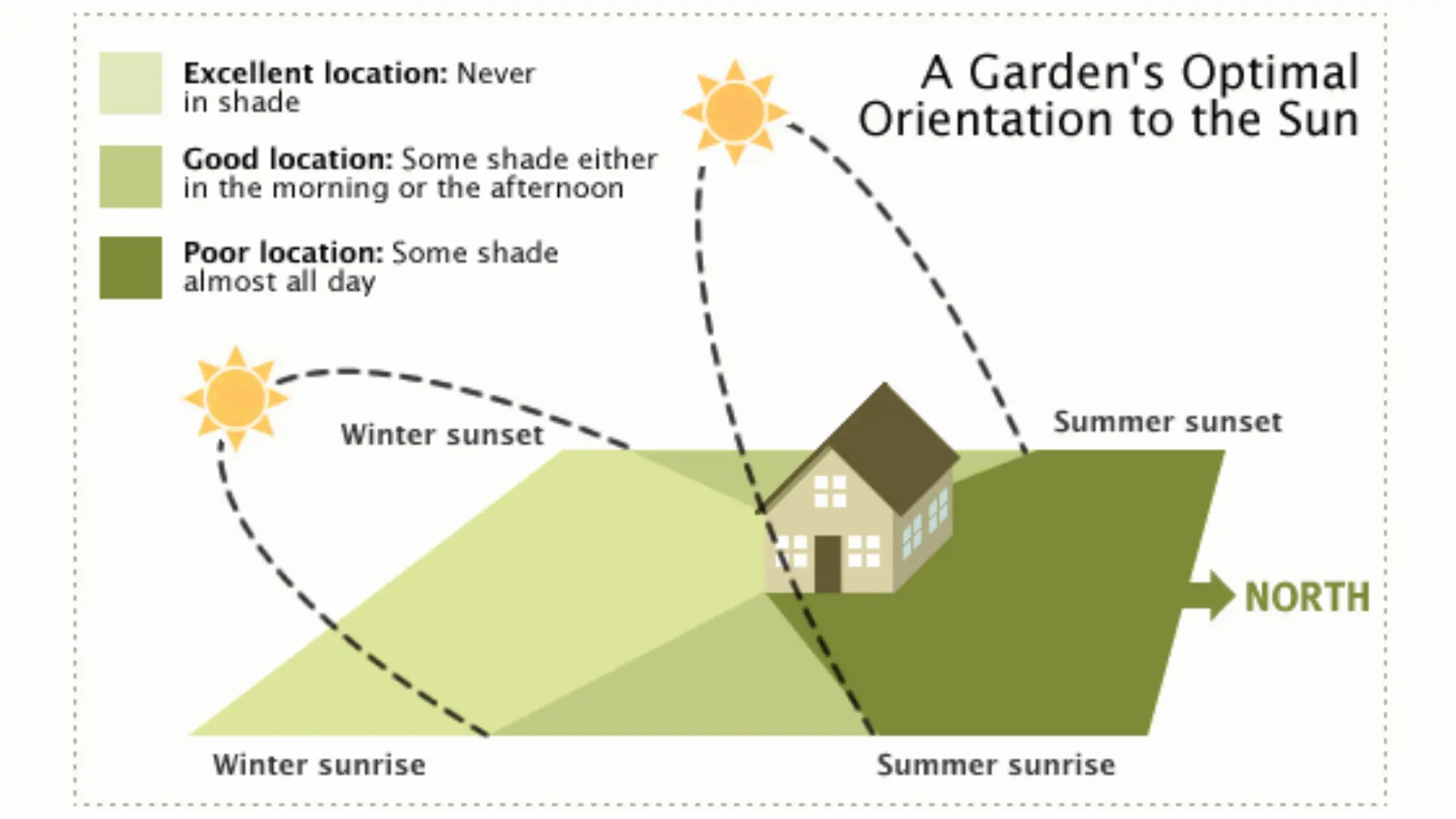
Avoid places where water tends to collect, as soggy soil can harm plant roots. It’s also a good idea to choose a spot close to a water source, making it easier to keep your plants hydrated. By selecting the right location, you’ll set your garden up for healthy, thriving vegetables.
Essential Tools You Need for Gardening
To start a vegetable garden, you’ll need a few basic tools to make the job easier. A good shovel helps you dig and move soil, while a hand rake is great for smoothing out the soil before planting. Pruning shears are essential for trimming plants and keeping them healthy.
You’ll also need a watering can or hose to keep your plants hydrated. A garden fork is useful for loosening compacted soil, and gloves will protect your hands from dirt and thorns. With these simple tools, you’ll be well-equipped to care for your garden and enjoy the process of growing your own vegetables.
Common Mistakes to Avoid in Vegetable Gardening
When starting a vegetable garden, beginners often make a few simple mistakes that can slow down growth. One common mistake is planting too early or too late, which can damage plants if the weather isn’t right. Make sure to follow planting guides for your area to ensure your vegetables thrive.
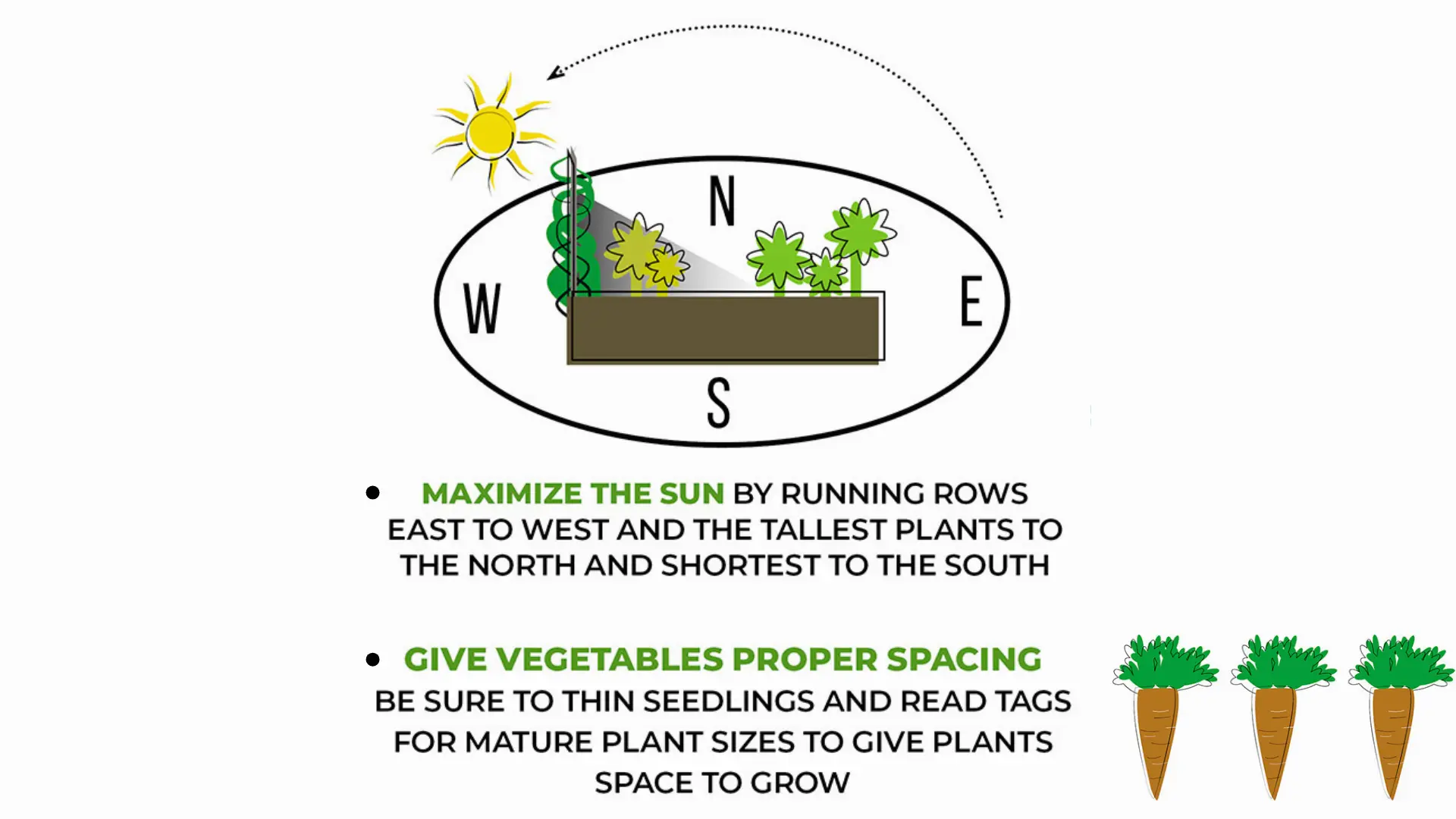
Another mistake is overwatering or underwatering plants. It’s important to find a balance, as both can harm your garden. Finally, don’t forget to regularly check for pests and diseases. Catching problems early can save your plants and lead to a better harvest.
How to Choose the Best Vegetables for Your Garden in 2025?
Choosing the right vegetables for your garden is crucial for success. Start by considering your local climate and growing season. In 2025, vegetables like tomatoes, lettuce, and carrots remain popular for most regions due to their ease of growth and versatility.
Also, think about how much space you have. If you’re limited on space, compact plants like herbs or dwarf vegetable varieties are perfect. It’s also a good idea to pick vegetables you enjoy eating, so you’ll be more motivated to care for your garden and reap the rewards of your hard work.
Top Vegetables to Grow in Your Garden This Year
In 2025, some of the best vegetables to grow are:

| Vegetable | Ideal Growing Season | Space Requirements (sq ft) | Yield (per plant) |
|---|---|---|---|
| Tomatoes | Spring to Summer | 4 | High |
| Zucchini | Spring to Summer | 2 | High |
| Green Beans | Spring to Summer | 3 | Medium |
| Carrots | Spring to Summer | 2 | Medium |
| Leafy Greens | Spring to Fall | 1 | High |
Understanding Your Climate and Soil for Optimal Growth
To grow healthy vegetables, it’s important to understand your local climate and soil conditions. In 2025, many gardeners are focusing on selecting vegetables that thrive in their specific climate, whether it’s warm or cool. Knowing the average temperature, frost dates, and rainfall in your area will help you choose the right plants for your garden.
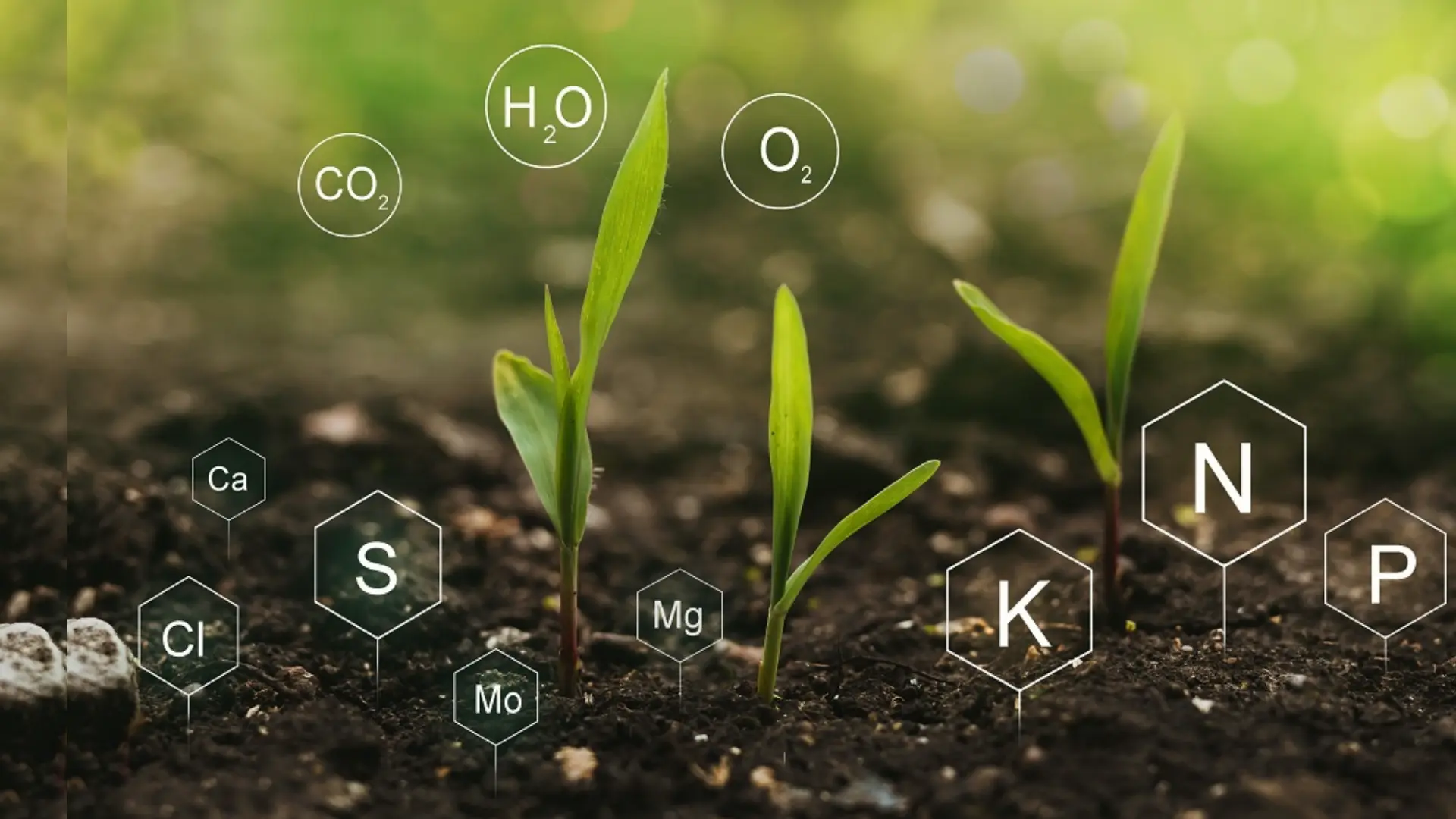
Soil quality is just as important. Vegetables need well-drained soil that’s rich in nutrients. Testing your soil and adding compost or organic matter can improve its texture and fertility, giving your plants the best chance to grow strong and healthy.
Companion Planting – What Vegetables Grow Well Together?
Companion planting helps your vegetables thrive by improving growth and reducing pests. In 2025, pairing vegetables like tomatoes with basil can boost flavor and protect against pests. Likewise, planting beans alongside corn helps fix nitrogen in the soil, which benefits both plants.
Another great combination is carrots and onions. The strong scent of onions deters pests that target carrots. By choosing the right companions, you can naturally enhance your garden’s health and productivity, making gardening easier and more rewarding.
Step by Step Guide to Planting Vegetables
Planting vegetables is simple if you follow these basic steps. First, prepare your soil by loosening it with a shovel or garden fork, and add compost for better nutrients. Next, plant your seeds or transplants according to the instructions on the seed packets, ensuring you space them properly for growth.
Water your plants immediately after planting, and keep the soil moist but not soggy. As your plants grow, continue to monitor them for pests and provide support, like stakes or cages, for taller plants like tomatoes. By following these steps, you’ll give your vegetables the best start for a healthy garden.
Preparing Your Garden Soil – Best Practices for 2025
In 2025, preparing your garden soil is key to a successful vegetable garden. Start by testing your soil to check its pH and nutrient levels. This helps you understand if you need to add any amendments like lime or sulfur to balance the pH for optimal plant growth.
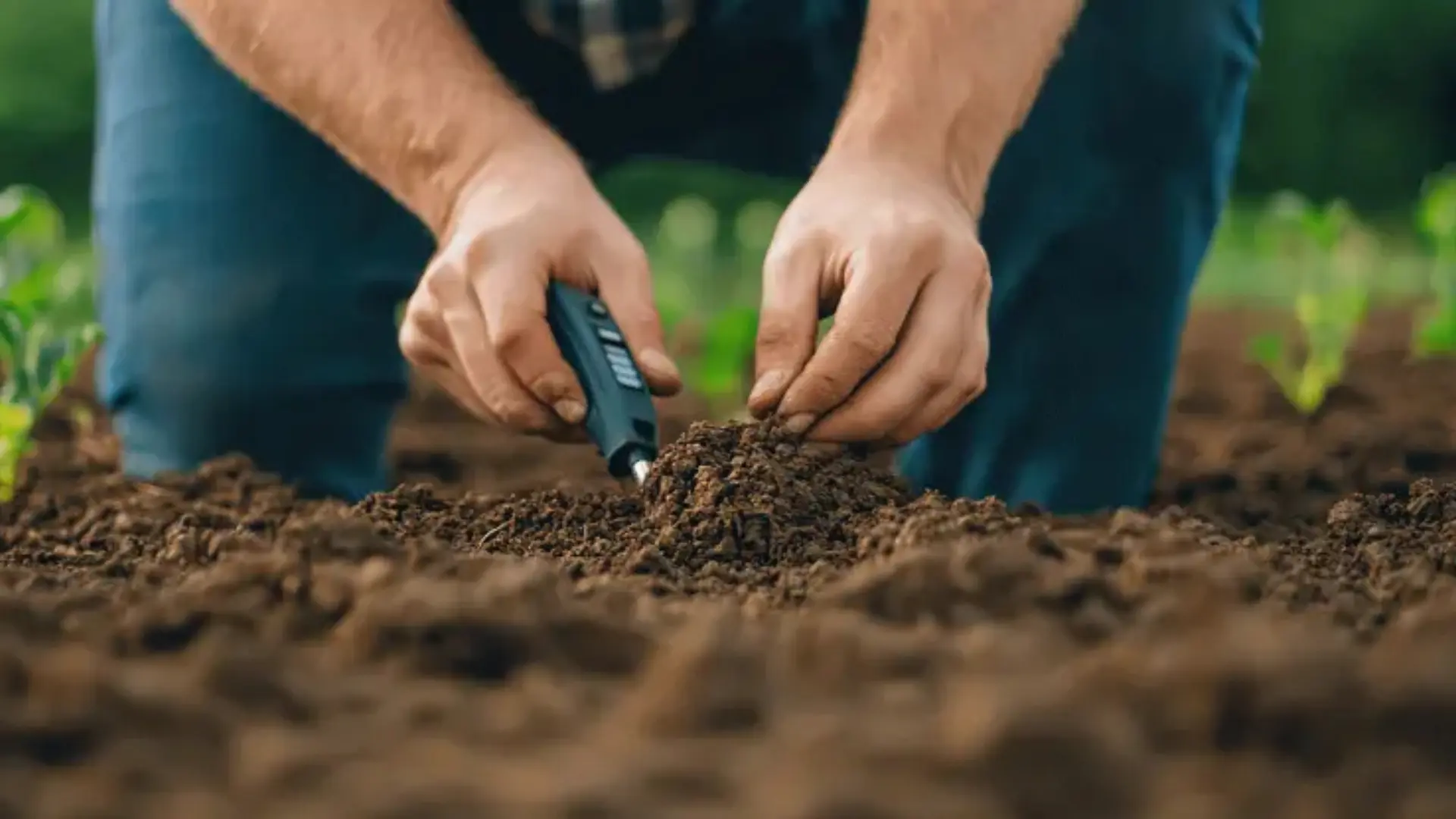
Next, enrich your soil with compost or organic matter to improve its structure and fertility. Loosen the soil using a shovel or garden fork to allow roots to grow freely. By following these steps, you’ll create a healthy foundation for your vegetables to thrive in the upcoming growing season.
Seed Starting Vs Transplants – Which Method is Best?
Choosing between starting seeds or using transplants depends on your gardening goals. Starting seeds indoors is cost-effective and gives you a wider variety of vegetables to choose from. It also allows you to start early, especially for plants like tomatoes and peppers that need a longer growing season.
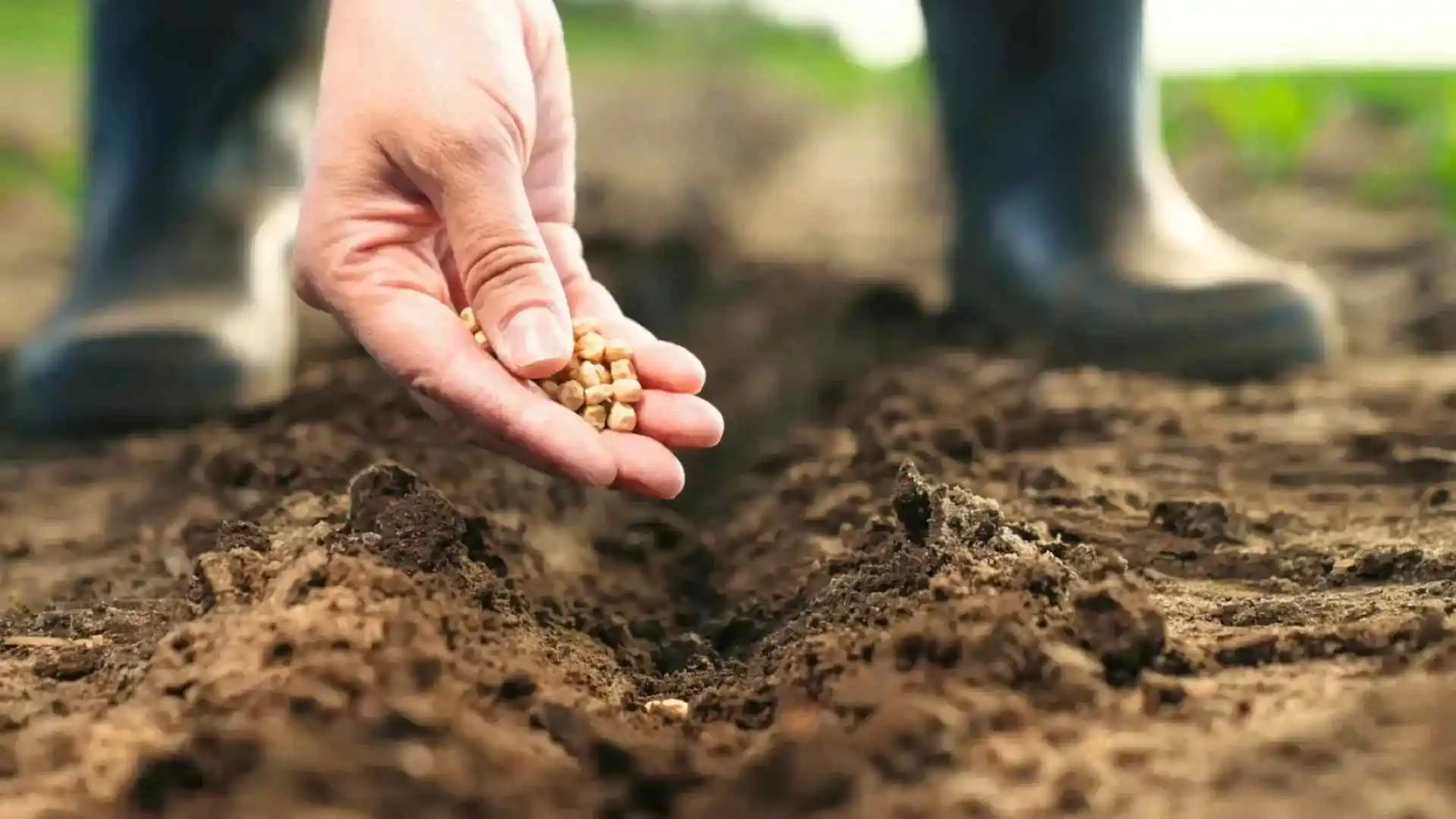
On the other hand, using transplants is faster and reduces the risk of pests and disease that can affect seedlings. This method is ideal for beginners who want a quicker harvest. Both methods have their advantages, but it all depends on how much time and effort you’re willing to invest in your garden.
Planting Schedule for Vegetables – When to Plant Each Variety
In 2025, plant cool-season vegetables like lettuce and peas early in spring, once the soil can be worked. Warm-season crops such as tomatoes and beans should be planted after the last frost in late spring or early summer.
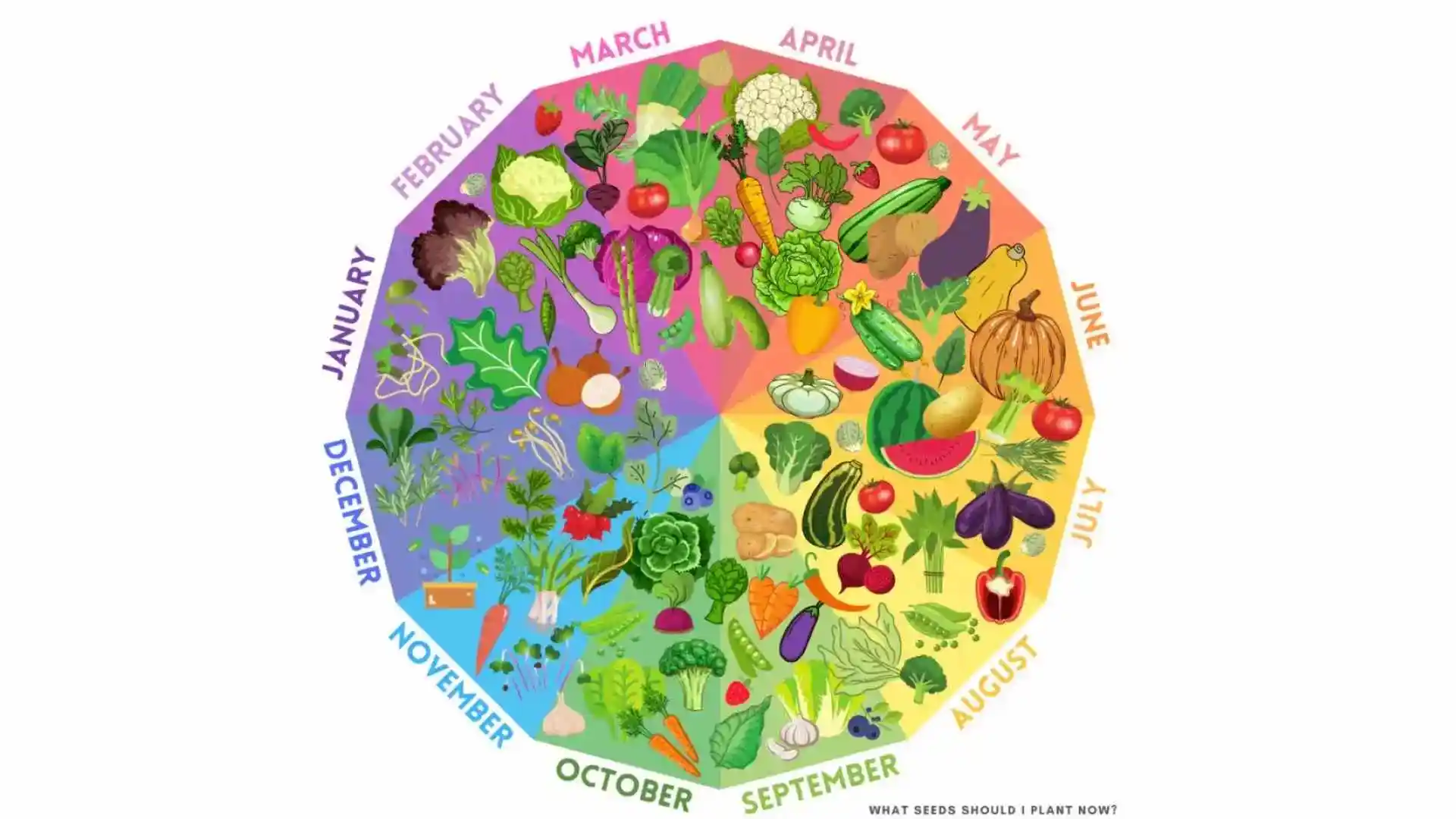
For a steady harvest, consider staggering plantings of crops like carrots and radishes. Following a planting schedule based on your region’s climate will help ensure a successful garden.
| Vegetable | Planting Time (Spring) | Planting Time (Fall) | Growing Duration (days) | Ideal Temperature (°F) |
|---|---|---|---|---|
| Lettuce | Early | Early | 50 | 60 |
| Tomatoes | Late | Late | 70 | 70 |
| Carrots | Early | Mid | 70 | 70 |
| Beans | Late | Late | 55 | 65 |
| Spinach | Early | Early | 45 | 60 |
Watering and Fertilizing – Maintaining Your Garden’s Health
In 2025, keeping your garden hydrated is crucial for healthy plants. Water your vegetables early in the morning to avoid evaporation and fungal diseases. Aim for consistent moisture, but be careful not to overwater, as this can harm plant roots.
Fertilizing your garden with organic compost or a balanced fertilizer provides essential nutrients. Apply fertilizer every 4-6 weeks, or follow the specific needs of each plant. Proper watering and fertilizing will keep your vegetables strong and productive throughout the season.
Maximizing Your Harvest – Tips for Thriving Vegetables
To get the most out of your vegetable garden in 2025, focus on providing the right care. Regularly check for pests and diseases, and remove any affected plants to prevent spread. Pruning plants like tomatoes and peppers can also encourage better growth and higher yields.
Make sure your vegetables get enough sunlight, water, and nutrients. Using mulch helps retain moisture and keeps weeds away. By giving your plants the attention they need, you can enjoy a bountiful harvest throughout the growing season.
How to Ensure Healthy Vegetable Growth
For healthy vegetable growth in 2025, start with quality soil that’s rich in nutrients. Regularly water your plants, ensuring the soil stays moist but not soggy, and use mulch to retain moisture and reduce weeds.
Fertilize your garden with organic compost to provide essential nutrients, and make sure your plants get enough sunlight—at least 6 hours a day. Pruning, removing dead leaves, and monitoring for pests will help your vegetables stay strong and healthy throughout the season.
Pest Control – How to Protect Your Garden Naturally
In 2025, natural pest control methods are the best way to protect your garden without chemicals. Start by attracting beneficial insects like ladybugs and bees, which help control pests naturally. You can also use companion planting, such as growing marigolds with tomatoes, to deter harmful insects.
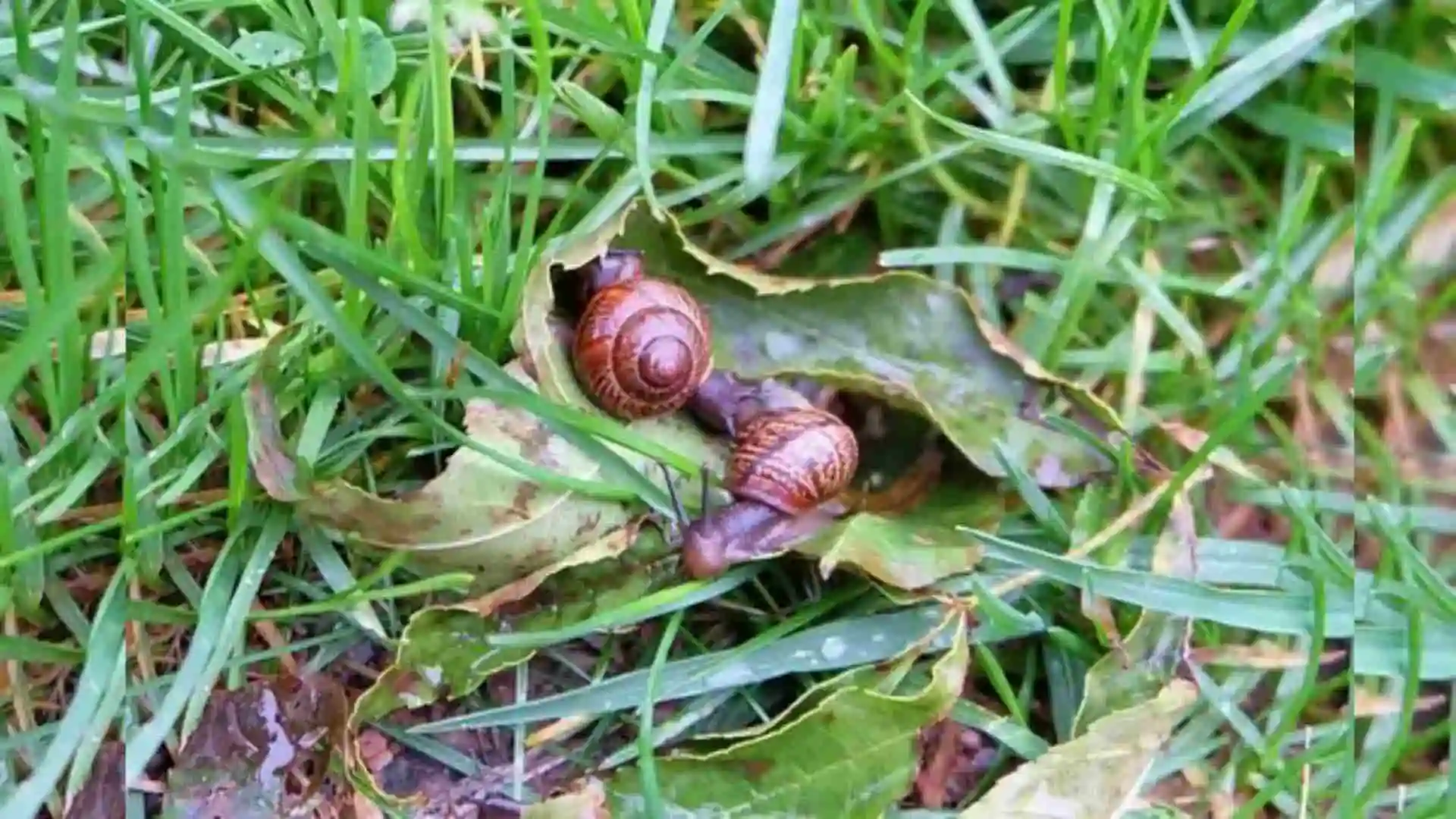
Regularly check your plants for signs of pests and remove them by hand if needed. For more severe infestations, try using organic sprays like neem oil or insecticidal soap. These natural methods will help keep your garden healthy and pest-free.
Pruning and Harvesting – When and How to Collect Your Vegetables
Pruning helps your plants grow stronger and produce more fruit. In 2025, regularly trim dead or diseased leaves to improve airflow and prevent disease. For plants like tomatoes and peppers, pinch off the growing tips to encourage more fruit production.
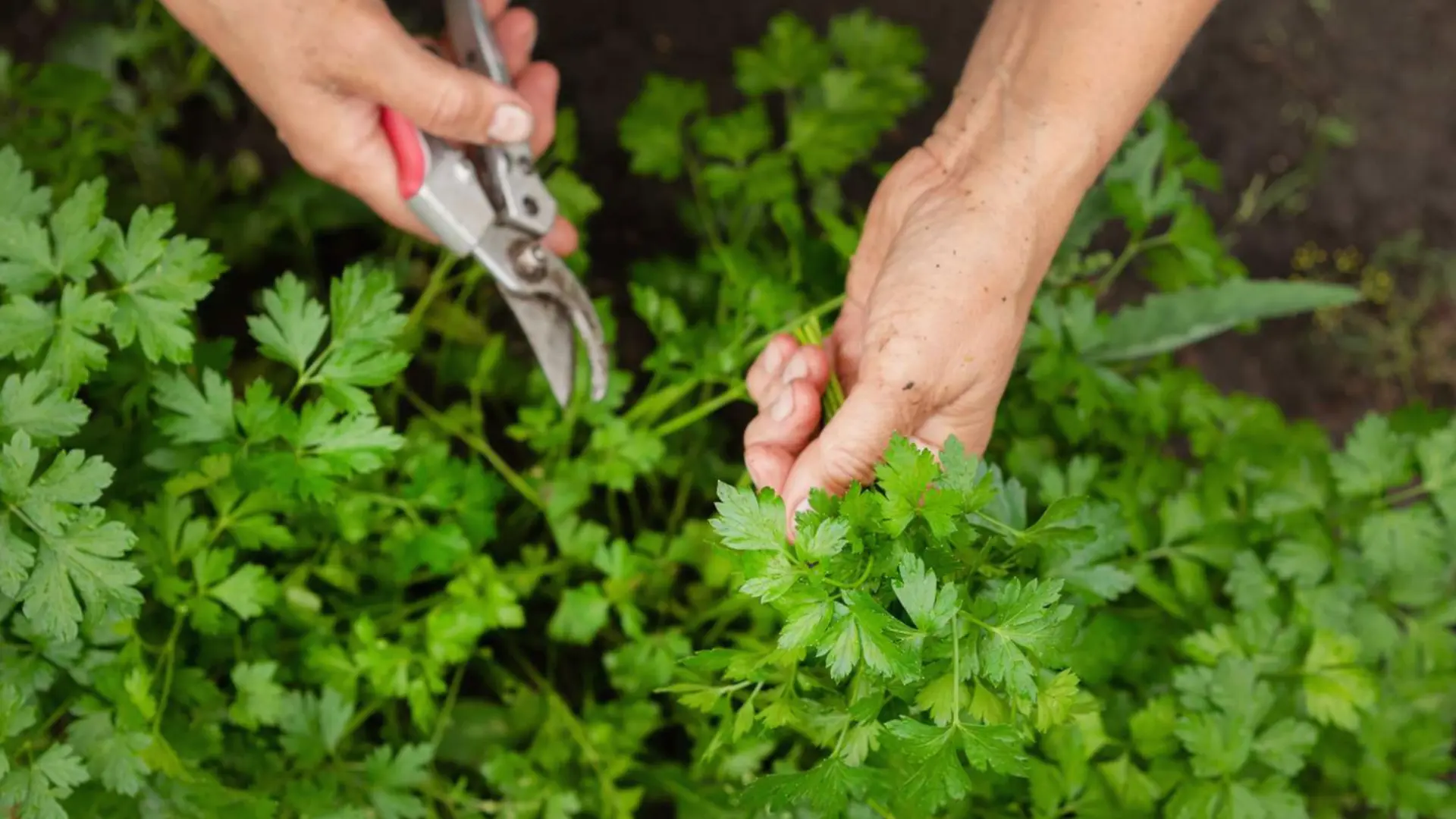
Harvest your vegetables when they’re fully ripe for the best flavor. Use sharp scissors or garden shears to avoid damaging the plants. Harvesting regularly not only gives you fresh produce but also encourages your plants to keep producing.
Troubleshooting Common Vegetable Gardening Problems
In 2025, vegetable gardeners may face a few common issues, but most are easy to fix. If your plants are growing slowly or showing yellow leaves, it could be a sign of nutrient deficiency. Adding compost or a balanced fertilizer can often solve this problem.
Pests and diseases are another common issue. Regularly inspect your plants and remove any affected leaves or pests by hand. For more serious issues, try using organic treatments like neem oil or insecticidal soap to protect your plants naturally. With quick action, most problems can be managed for a healthy garden.
Identifying and Treating Vegetable Plant Diseases
In 2025, keeping an eye on your plants for signs of disease is key to protecting your garden. Common symptoms include yellowing leaves, wilting, or spots on leaves. Early detection is crucial, so inspect your plants regularly.
If you spot a disease, remove affected parts immediately to prevent it from spreading. For fungal infections, consider using organic fungicides like neem oil or copper-based sprays. By taking quick action and maintaining good garden hygiene, you can treat most plant diseases and keep your garden healthy.
Dealing with Poor Growth and Low Yield
If your plants are growing poorly or producing low yields in 2025, the issue might be related to soil health. Check if your soil is too compacted or lacking in nutrients—adding compost or organic fertilizer can improve its fertility.
Another common cause of poor growth is inconsistent watering, so ensure your plants are getting enough water but not too much. Also, make sure your vegetables are getting sufficient sunlight and space to grow. With these adjustments, your plants should thrive and produce a better harvest.
How to Fix Soil Imbalance Issues in Your Garden
In 2025, soil imbalances can prevent your vegetables from growing well. If your soil is too acidic or too alkaline, it can limit nutrient absorption. Test your soil’s pH and adjust it with lime (to raise pH) or sulfur (to lower pH) to create the perfect environment for your plants.
If your soil lacks nutrients, adding compost or organic matter can improve its fertility. To fix compacted soil, aerate it by using a garden fork or tiller. By addressing these soil imbalances, you’ll create a healthier, more productive garden.
Sustainable Practices for Vegetable Gardening in 2025
In 2025, sustainable gardening practices are essential for growing healthy vegetables while protecting the environment. Start by using organic compost and natural fertilizers to enrich your soil without harmful chemicals. This helps improve soil health and reduces your garden’s carbon footprint.
Water conservation is also important—use drip irrigation or rain barrels to water your plants efficiently. Planting cover crops like clover can help prevent soil erosion and improve soil quality. By embracing these sustainable practices, you can enjoy a productive, eco-friendly garden for years to come.
Using Organic Fertilizers for Healthier Soil and Crops
In 2025, organic fertilizers like compost and manure are perfect for enriching your soil naturally. They provide essential nutrients and improve soil structure without harming the environment.
Organic fertilizers also support beneficial microbes, promoting stronger, healthier plants. By using these natural options, you’ll ensure a sustainable and productive garden.
| Fertilizer Type | Primary Nutrients | Benefits | Usage |
|---|---|---|---|
| Compost | N, P, K | Improves soil structure, adds nutrients | Apply in spring |
| Manure | N, P, K | Adds organic matter, improves soil texture | Apply in fall or spring |
| Bone Meal | P, Ca | Promotes root development, strengthens plants | Use during planting |
| Fish Emulsion | N, P | Boosts growth, improves plant immunity | Dilute for use |
| Worm Castings | N, P, K | Improves soil aeration, increases plant growth | Apply in spring and fall |
Water Conservation – Efficient Gardening Methods
conserving water is crucial for sustainable gardening. Use drip irrigation systems to deliver water directly to plant roots, reducing waste and ensuring efficient watering.
Collecting rainwater in barrels is another great way to reduce your water bill while keeping your garden hydrated. Mulching around plants helps retain moisture and prevents evaporation, making your garden more water-efficient.
| Method | Description | Pros | Cons |
|---|---|---|---|
| Drip Irrigation | Directs water to plant roots, minimizes evaporation | Efficient, reduces water usage | Requires installation, initial setup cost |
| Mulching | Retains moisture and suppresses weeds | Reduces water usage, keeps soil cool | Needs regular replenishing |
| Rain Barrels | Collects rainwater for garden use, reduces water bills | Saves water, eco-friendly | Requires space to store barrels |
| Soaker Hoses | Water seeps directly into soil, reducing runoff | Great for plants needing consistent moisture | Can be clogged easily, needs maintenance |
| Watering Can | Simple manual watering method, low water usage | Low cost, easy to use | Labor-intensive, not ideal for large gardens |
Incorporating Greenhouse Gardening for Extended Seasons
Greenhouses allow you to extend your gardening season, giving you fresh vegetables even in colder months. A greenhouse provides a controlled environment that protects plants from extreme weather, allowing for year-round growth.
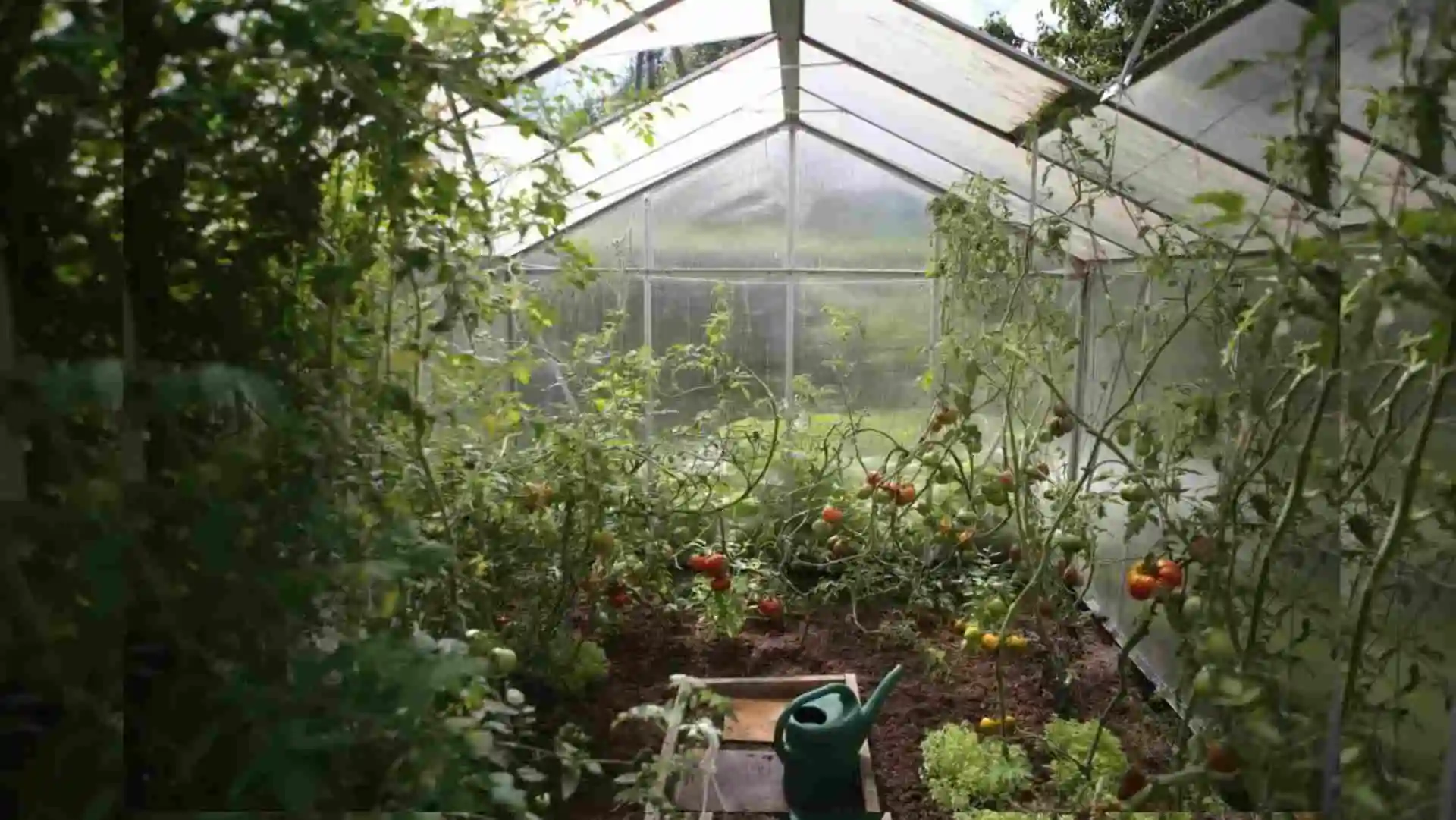
By using a greenhouse, you can start planting earlier in spring and continue harvesting later into fall. It’s an excellent way to grow a variety of crops, especially in regions with shorter growing seasons.
How to Store and Preserve Your Vegetable Harvest
In 2025, storing and preserving your vegetable harvest ensures you enjoy fresh produce long after the growing season ends. Start by refrigerating vegetables like lettuce and carrots to keep them crisp. For longer-term storage, consider freezing or canning vegetables like tomatoes, beans, and corn.
Dehydrating herbs and vegetables is another effective way to preserve your harvest. Proper storage techniques can help reduce waste and keep your garden’s bounty available year-round.
Best Methods for Storing Fresh Vegetables
The best way to store fresh vegetables is to keep them in the right conditions to maintain their freshness. Most leafy greens, carrots, and cucumbers should be stored in the fridge to keep them crisp. Use breathable bags or containers to allow proper air circulation and prevent moisture buildup.
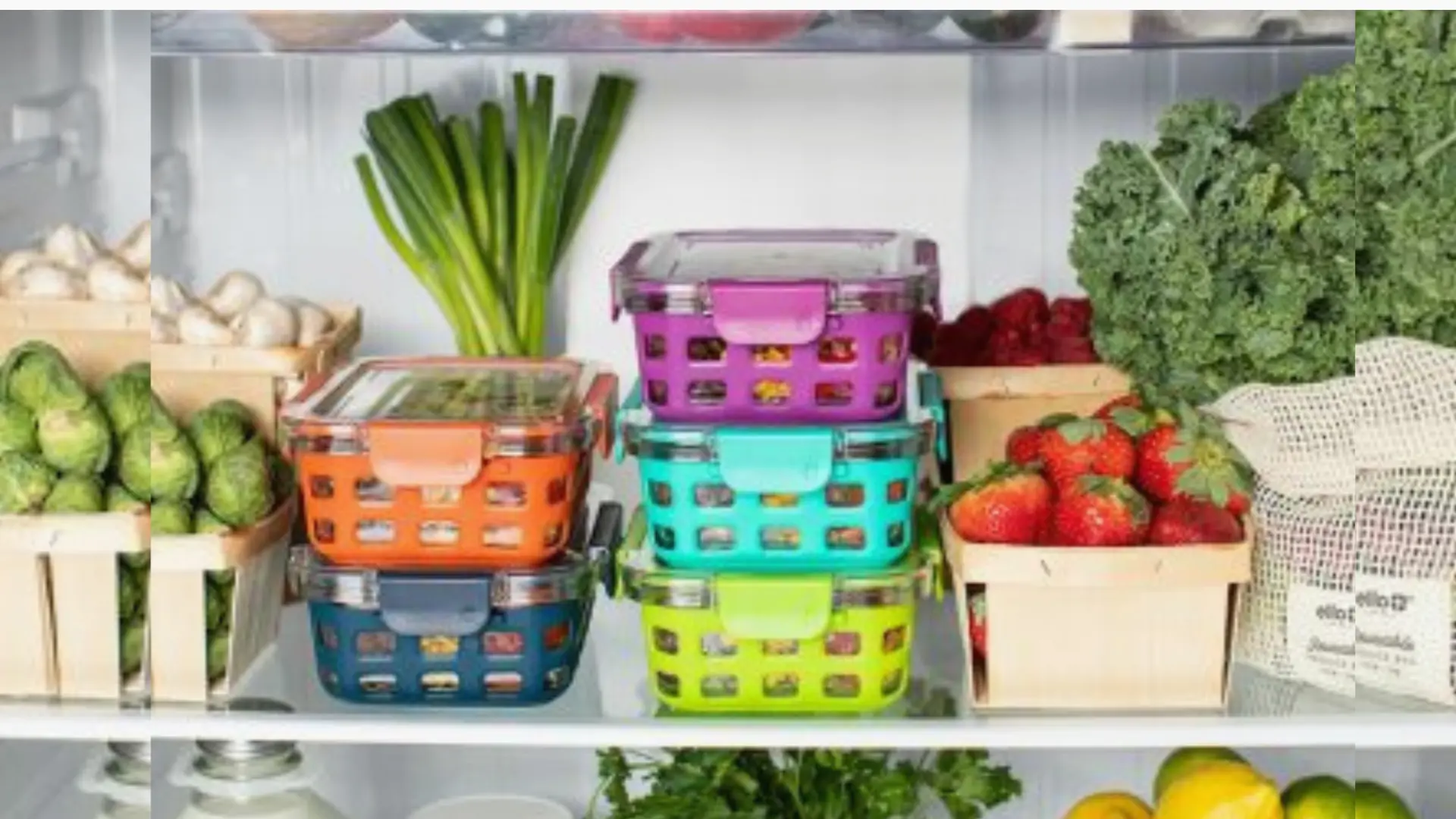
Root vegetables like potatoes and onions should be kept in a cool, dry, and dark place to prevent sprouting. For longer storage, freezing or canning vegetables like peas and tomatoes can help preserve their taste and nutrients for months.
| Vegetable | Storage Method | Optimal Temperature (°F) | Shelf Life (Days) | Tips |
|---|---|---|---|---|
| Lettuce | Refrigerate | 32 | 7 | Use a breathable bag to keep fresh |
| Carrots | Refrigerate | 32 | 14 | Store in a container with a damp paper towel |
| Potatoes | Cool, dark place | 45 | 30 | Don’t store in the fridge; avoid light exposure |
| Tomatoes | Room temperature | 55 | 7 | Don’t refrigerate, let ripen on the counter |
| Spinach | Refrigerate | 32 | 5 | Store in a container with a paper towel |
Canning and Freezing Vegetables
Canning and freezing are great ways to preserve your vegetable harvest for months. To can vegetables, start by washing and prepping them, then use a water bath or pressure canner to ensure they’re sealed safely. Label jars with the date and store them in a cool, dark place.

For freezing, wash and blanch vegetables like peas, corn, and beans to lock in flavor and nutrients. After cooling, pack them in freezer bags or containers, removing excess air to prevent freezer burn. These methods will keep your vegetables fresh and ready for future meals.
| Vegetable | Preservation Method | Preparation | Storage Time (Months) | Tips |
|---|---|---|---|---|
| Tomatoes | Canning | Blanch, peel, and pack in jars | 12 | Use a pressure canner for safety |
| Beans | Freezing | Blanch, freeze, pack in bags | 12 | Remove excess air from freezer bags |
| Corn | Freezing | Blanch, freeze, pack in bags | 12 | Quick freezing keeps texture intact |
| Peas | Freezing | Blanch, freeze, pack in bags | 12 | Quick freezing preserves nutrients |
| Carrots | Canning | Blanch, pack in jars | 12 | Use jars that seal properly |
How to Use Leftover Harvest – Recipes and Ideas
Don’t let your leftover harvest go to waste—get creative in the kitchen! Use extra vegetables like tomatoes, peppers, and zucchini in soups, stews, or stir-fries. You can also make homemade sauces, like tomato sauce or salsa, to store and enjoy later.
For leafy greens and herbs, consider making pesto or adding them to salads, smoothies, or omelets. By turning your extra produce into tasty meals, you’ll make the most of your harvest while reducing waste.
Advanced Vegetable Gardening Tips for Seasoned Growers
Seasoned gardeners can boost their yields with advanced techniques like crop rotation and soil management. Rotate your crops each year to prevent soil depletion and reduce the risk of pests and diseases.
Try using raised beds or vertical gardening to maximize space and improve drainage. Incorporating cover crops like clover can add nutrients to the soil and help maintain its health. With these advanced methods, you’ll take your vegetable garden to the next level, ensuring long-term success and bountiful harvests.
How to Grow Rare and Exotic Vegetables in Your Garden
Growing rare and exotic vegetables adds variety to your garden. Start by learning the specific needs of each plant, such as soil type, temperature, and humidity. A greenhouse or raised beds can help create the right environment for some plants.
Buy seeds or seedlings from trusted sources to ensure healthy growth. With the right care and attention, you can successfully grow unique vegetables like purple carrots, ginger, or edible flowers, and enjoy a diverse harvest.
Advanced Soil Management Techniques for Bigger Harvests
Advanced soil management techniques can significantly boost your garden’s productivity. Start by regularly testing your soil to ensure it has the right pH and nutrient levels. Add organic matter like compost, mulch, or green manure to improve soil structure and increase fertility.
Consider using no-till gardening to preserve soil health and prevent erosion. Crop rotation is also key to preventing soil depletion and reducing pest buildup. By applying these techniques, you’ll create a more fertile environment, leading to bigger and healthier vegetable harvests.
Vertical Gardening – Growing More in Less Space
Vertical gardening is a smart solution for growing more in limited space. Use trellises, hanging baskets, or vertical planters to grow plants like tomatoes, cucumbers, and beans upwards instead of outwards, maximizing your garden’s potential.
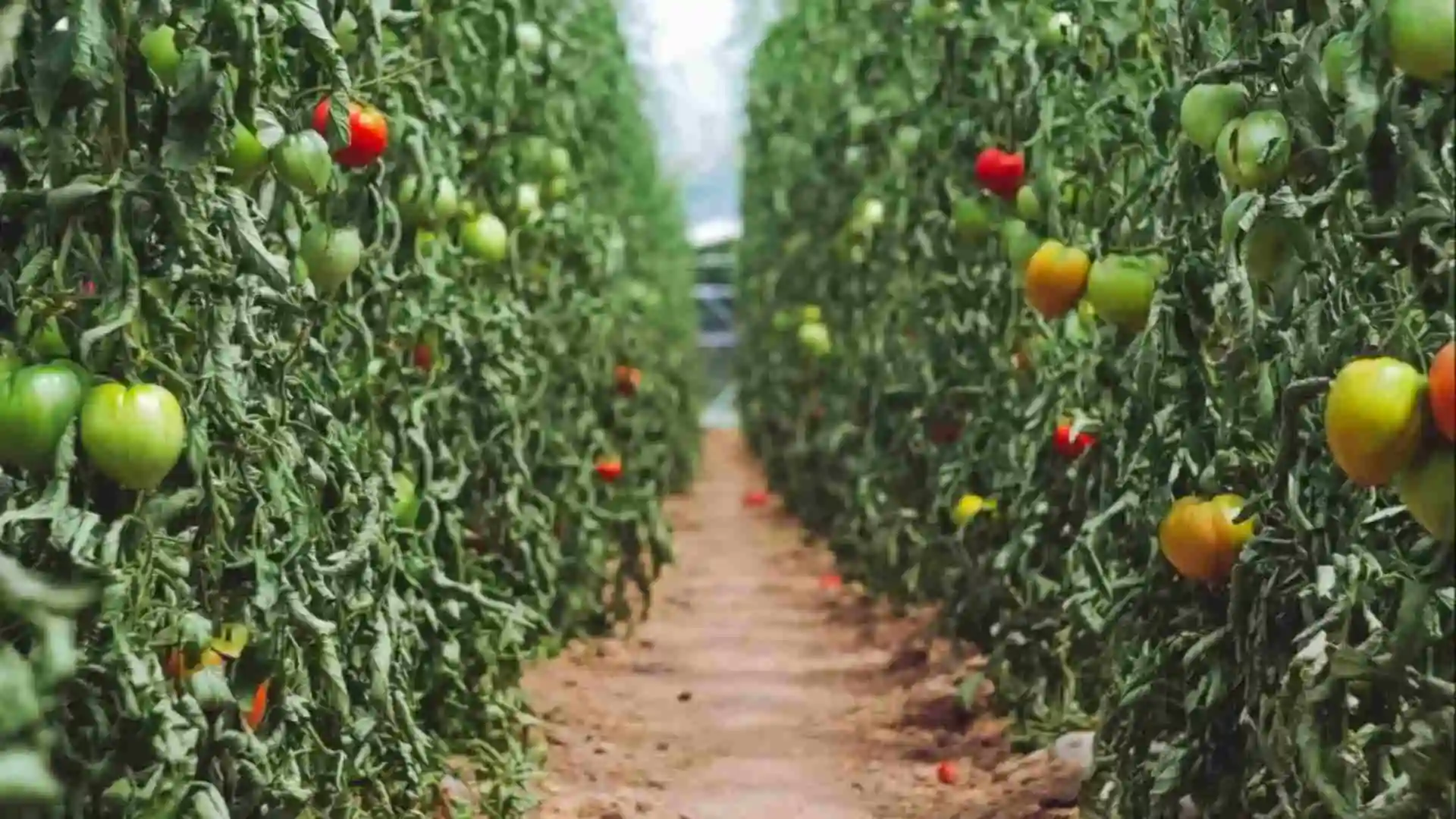
This method is perfect for small yards or urban settings, allowing you to grow a variety of vegetables while saving ground space. By using vertical gardening techniques, you’ll enjoy a fuller, more productive garden even in tight spaces.
Conclusion
gardening can be easier and more rewarding with the right techniques. By using methods like hydroponics, aquaponics, or even vertical gardening, you can maximize your space and grow a wider variety of vegetables. With tools like drip irrigation systems, you can conserve water while keeping your plants healthy and hydrated.
Embrace natural pest control methods and companion planting to ensure a thriving garden without harmful chemicals. By combining these advanced techniques with patience and care, you’ll enjoy a bountiful harvest and a garden that’s both productive and sustainable throughout the year. Happy gardening!
